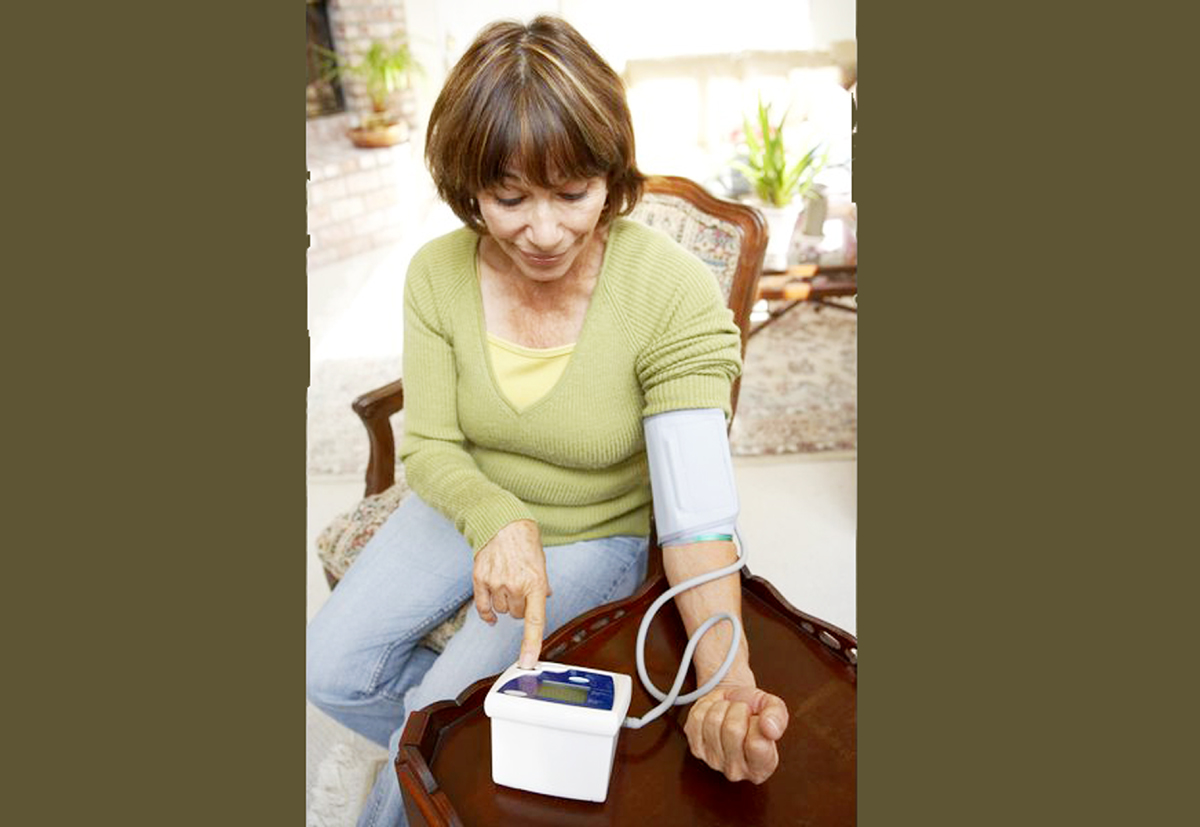Dr. Aditya S Pawar
High blood pressure is a condition where pressure in blood vessels is high consistently, also known as Hypertension. Based on American Heart Association guidelines, it has been classified into various categories, ranging from normal (<130/80 mm of mercury) to hypertensive crisis.
These stages correlate with mortality and morbidity, higher the stage, higher the damage. The prevalence of high blood pressure is rising due to change in our life style, primarily attributed to increase in prevalence of obesity and sedentary life style. Effective protection can be achieved by having knowledge about the condition, management and prevention. Hypertension can frequently go undiagnosed and it can be present without symptoms. That is why it’salso known as the ‘silent killer’. It’s important to know that diagnosis of hypertension is based on consistently high readings on your blood pressure monitor, and knowledge about measuring your blood pressure at home may be beneficialfor yourself and your health care provider (HCP). Home measurement reflects more accurate blood pressure, as reading in the physician office may be inaccurately higher(white coat hypertension) or low (Masked Hypertension). Measurement of Blood pressure at home helps to evaluate interventions such as life style changes (low salt diet, exercise) or medications are effective.
Before starting treatment, having discussion about your blood pressure goal with your health care provider is important.Your participation in your own care and understating of your disease is crucial, as this result in better outcomes. Measurement and recording your BP readings frequency should be decided by the physician. Some suggestions are: For example, three times a day for the first week, once a day at different hours for the second week followed by two times a week at different times. It’simportant to note all of your blood pressure readings and not just the good ones.
There are two kinds of blood pressure monitor often used-digital and aneroid. Digital monitors are easier to use. Aneroid monitors require learning on how to work the bulb, listening throughthe stethoscope and reading the dial. It may be difficult if you have vision problems or hearing problems. Wrist and finger monitors accuracy is currently not known, and arm measurement are preferred. Before buying a monitor, talk to your health care provider which one will suit you best. Few things to keep in mind are appropriate cuff size, as proper cuff size is important for accurate blood pressure measurement. The blood pressure monitor should be calibrated regularly with your health care provider’s blood pressure monitor.
Once you have bought right monitor that suits you, there are certain prerequisites that help getting an accurate blood pressure reading. Resting five minutes before measuring your blood pressure and sitting quietly is helpful. Refrain from smoking, eating or drinking anything with caffeine for 30 minutes before measuring blood pressure. Sit in a comfortable position with back supported and feet flat on the floor and not crossing legs or ankles. Always use same arm to measure and it should be kept atlevel of the heart. The lower edge of the cuff should be about an inch above the bend of your elbow.
Inaccurate blood pressure readings can lead to inaccurate management of your blood pressure, some common causes to be careful about are faulty equipment such as defective cuffs(cuffs that leak, worn out Velcro),wrong cuff size and wrong position while measuring blood pressure.
Physicians frequently get asked about the timing to measure blood pressure and it may vary. Consistent timings of blood pressure measurement are helpful and noting measurements before and after taking your medication information goes a long way for physician to plan treatment. The best arm to measure your blood pressure can be either left or right, but chose one and stick to it. It is easier to put the cuff on non-dominant arm, for example if you are right handed, it may be easier to put the cuff on your left arm. In few conditions it is important to check your blood pressure in both arms, and this should be guided by your health care provider.
Recording your blood pressure readings in a diary or online tools is encouraged. Home monitoring is not a substitute for regular visit to your physician, or to stop your blood pressure medications, but provides a time lapse picture of your blood pressure that can help your blood pressure management. Actively participating in your own care and understanding your medical problem goes a long way and helps both, you and your physician.
(The author is a Nephrology and Hypertension Fellow at Mayo Clinic, Rochester, Minnesota USA.)
Trending Now
E-Paper


